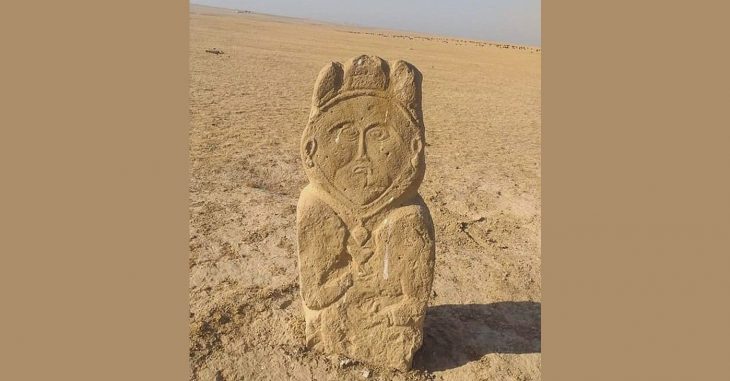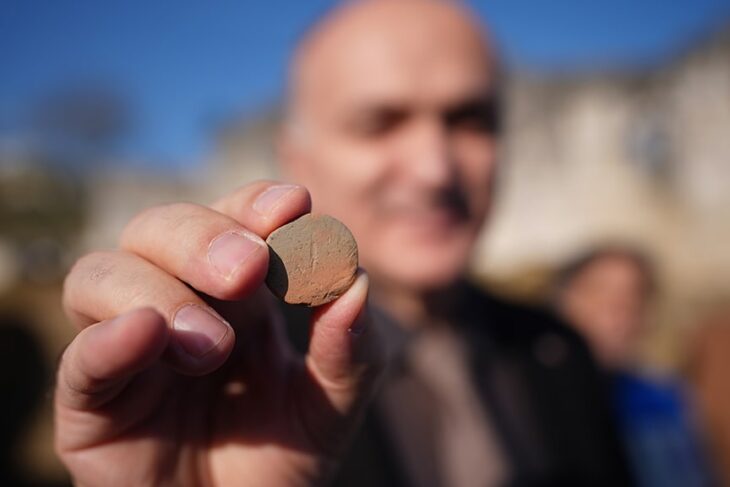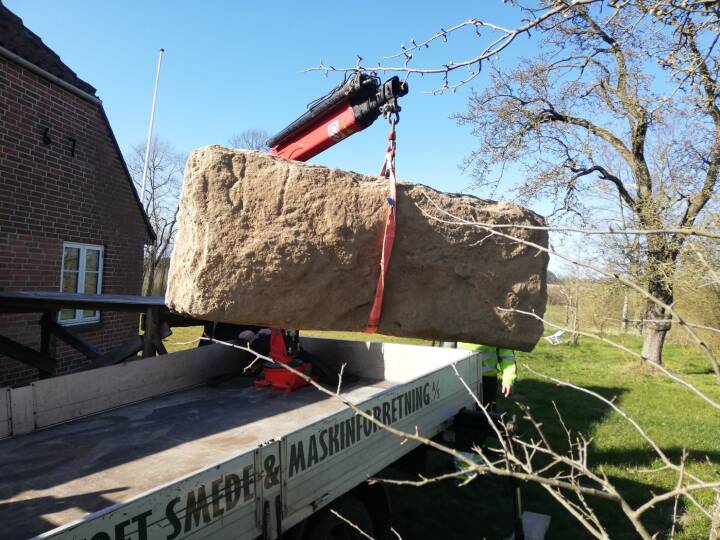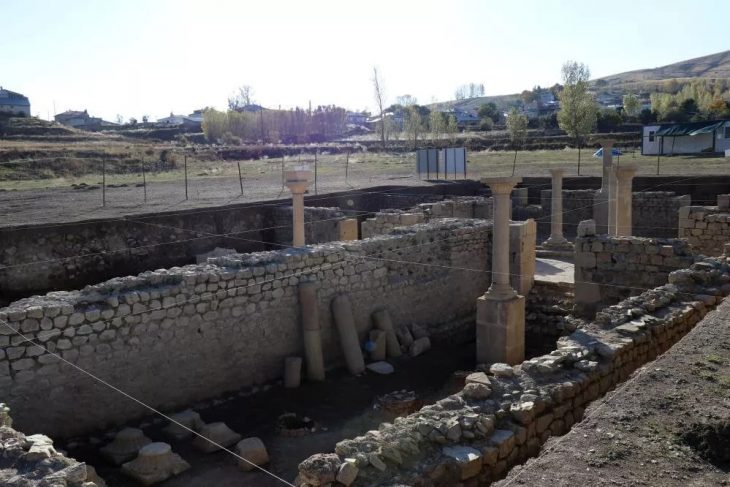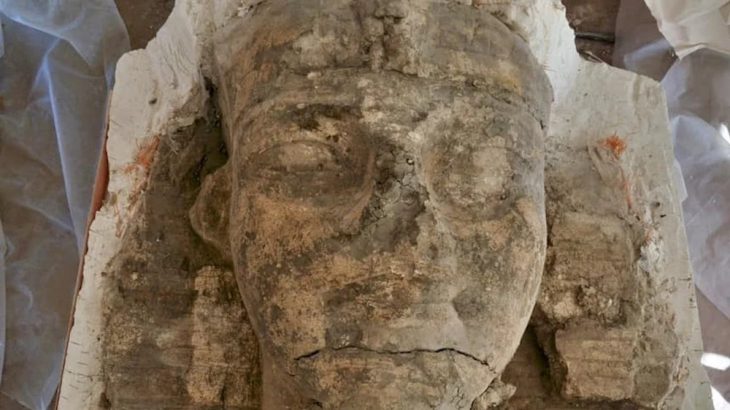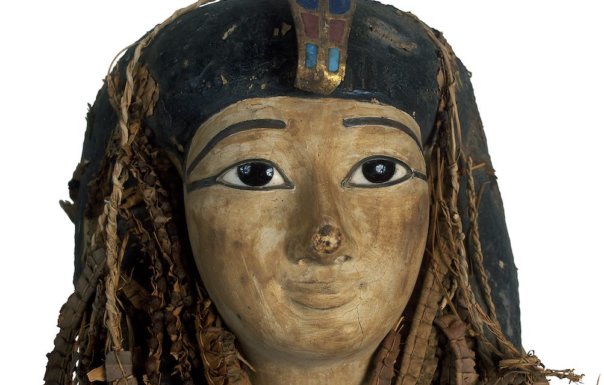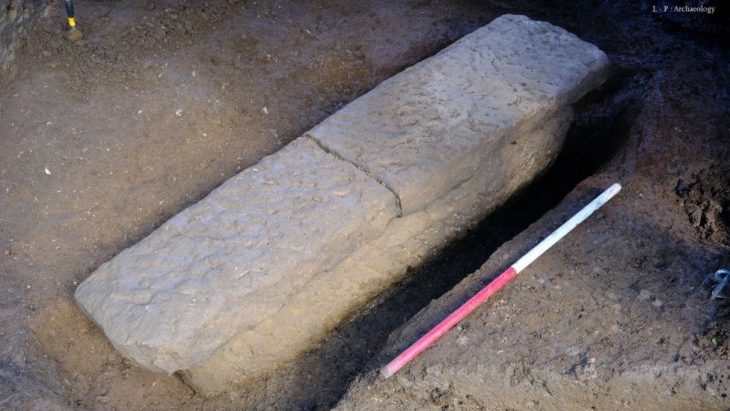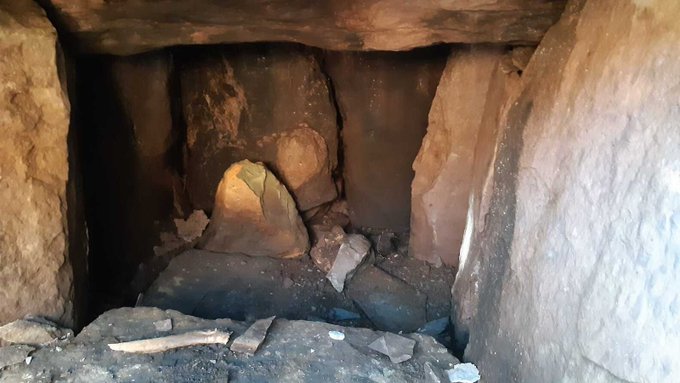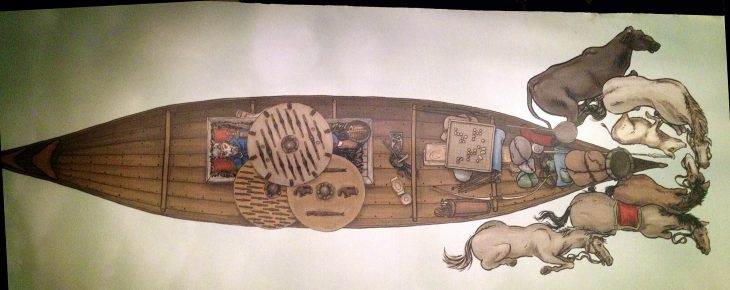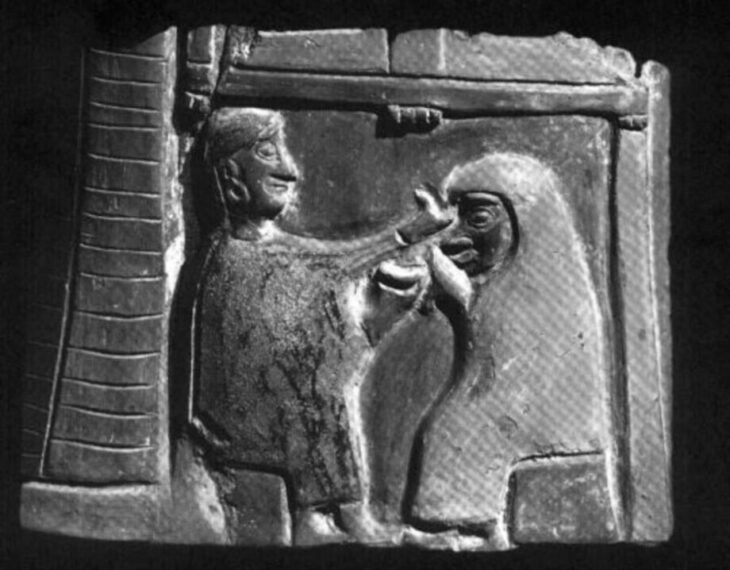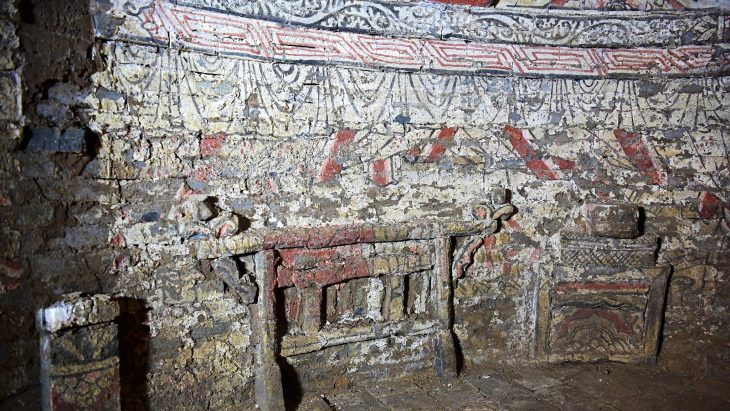Archaeologists announced on Saturday that they discovered a tomb believed to be the tomb of a Seleucid satrap or general in Iran’s Hamedan region.
According to the senior archaeologist Mohsen Khanjan, who leads the excavation, they have discovered a tomb, which is probably the burial place of one of the satraps, ILNA reported. And, according to archaeologists, this burial site provides an extraordinary insight into Hellenistic life in west-central Iran.
The discovery is made in Tepe Naqarechi near what archaeologists have long been tracing to unearth the Seleucid Laodicea Temple under the modern town of Nahavand in Hamedan province.
“Naqarechi is a circular hill with a height of about eight meters situated among orchards in the southeast of Nahavand,” Khanjan said.
“Nahavand was one of the towns that Seleucids built during their Iran rule over occupied Iran, using their own artisans, teachers, artists, historians, traders, … to Greekize Iranian land.”
The discovery of this tomb can be of great help to archaeologists in illuminating the dark corners of the Seleucid period on the Iranian plateau.
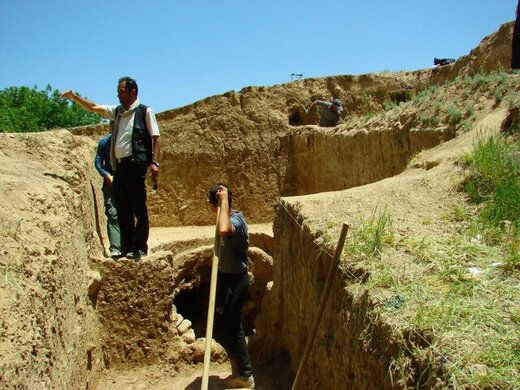
The archaeologist said the recent discovery may be a clue for the detection of Seleucid burial rituals in Iran or even their inspirations from Iranians of the time.
“Due to the scarcity of the so-far discovered Seleucid works in Iran, we do not know much about the architecture of Greek dwellings and their burial customs.”
Over the past couple of years, Khanjan has led several archaeological seasons to possibly unearth the Laodicea Temple believed to be placed beneath the Dokhaharan’s sanctuary.
According to him, in addition to a Greek inscription, other significant objects such as bronze statues of Greek gods, a stone altar, column head, column shaft, column base, and pottery pieces had been discovered in the Dokhaharan neighborhood.
“Regarding those findings, we concluded that the history of the city of Nahavand goes far back in prehistoric times, on the contrary to what previously believed it only dates back to the Seleucid period.”
“The outcome of previous excavations determined that a Seleucid city was established on remains of a prehistoric settlement…”
In the fifth season of excavation, 12 trenches were dug tightly based on speculations and discoveries made during the four previous seasons… the season, however, yielded some new clues on the ancient sanctuary.
In 1943, archaeologists discovered an 85×36 centimeter ancient inscription of 30 lines written in Greek calling on the people of Nahavand to obey the laws of the government. The inscription indicated the existence of the Laodicea Temple, which had been built by the Seleucid king who ruled Asia Minor, Antiochus III the Great (223-187 BC), for his wife Queen Laodicea.
Two of the inscriptions as well as four bronze statuettes, unearthed at the site, are on display in the National Museum of Iran in downtown Tehran. And, column capitals and bases are currently being used as decorations in Nahavand’s Hajian Bazaar and several other parts of the city.


